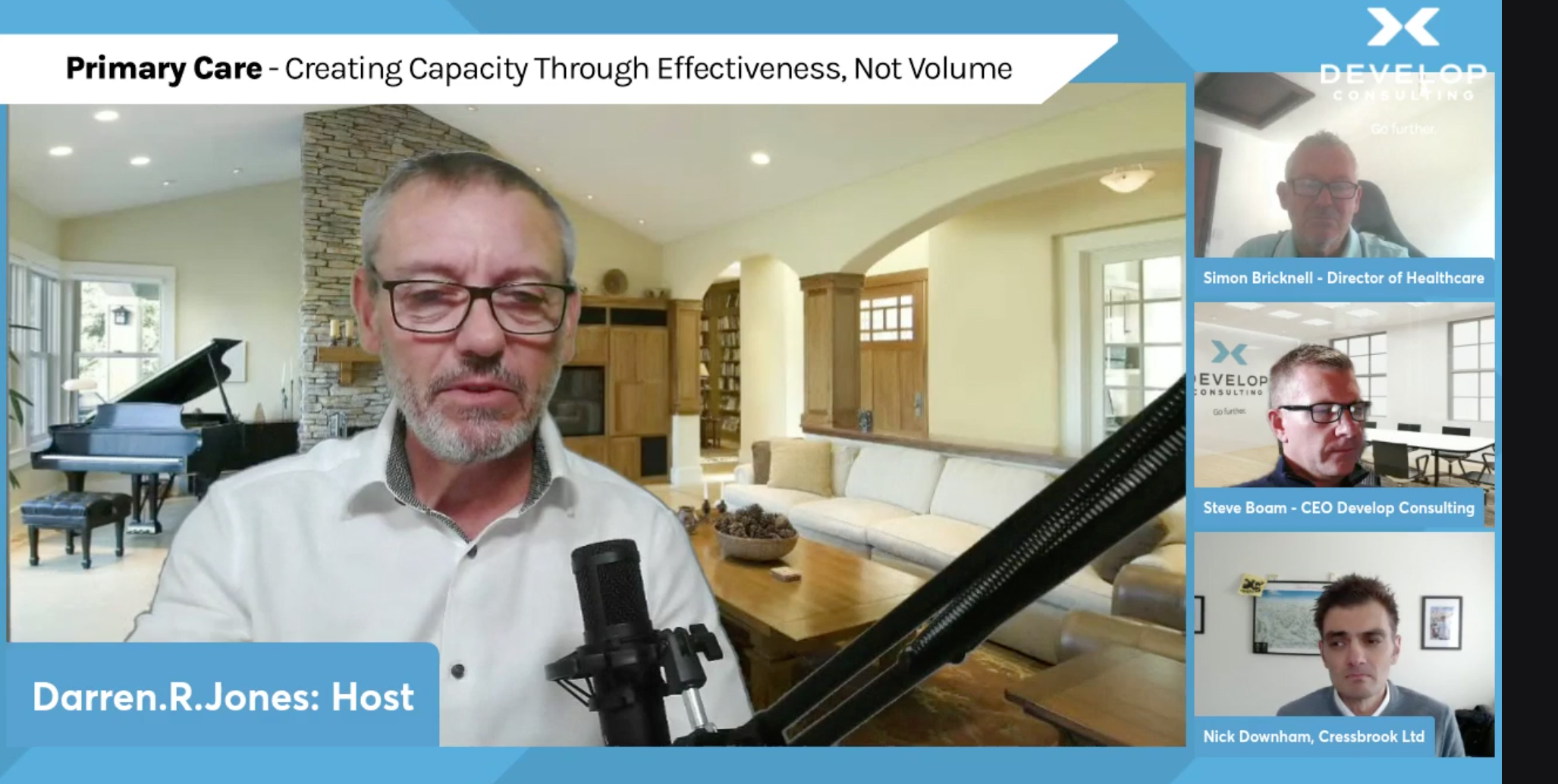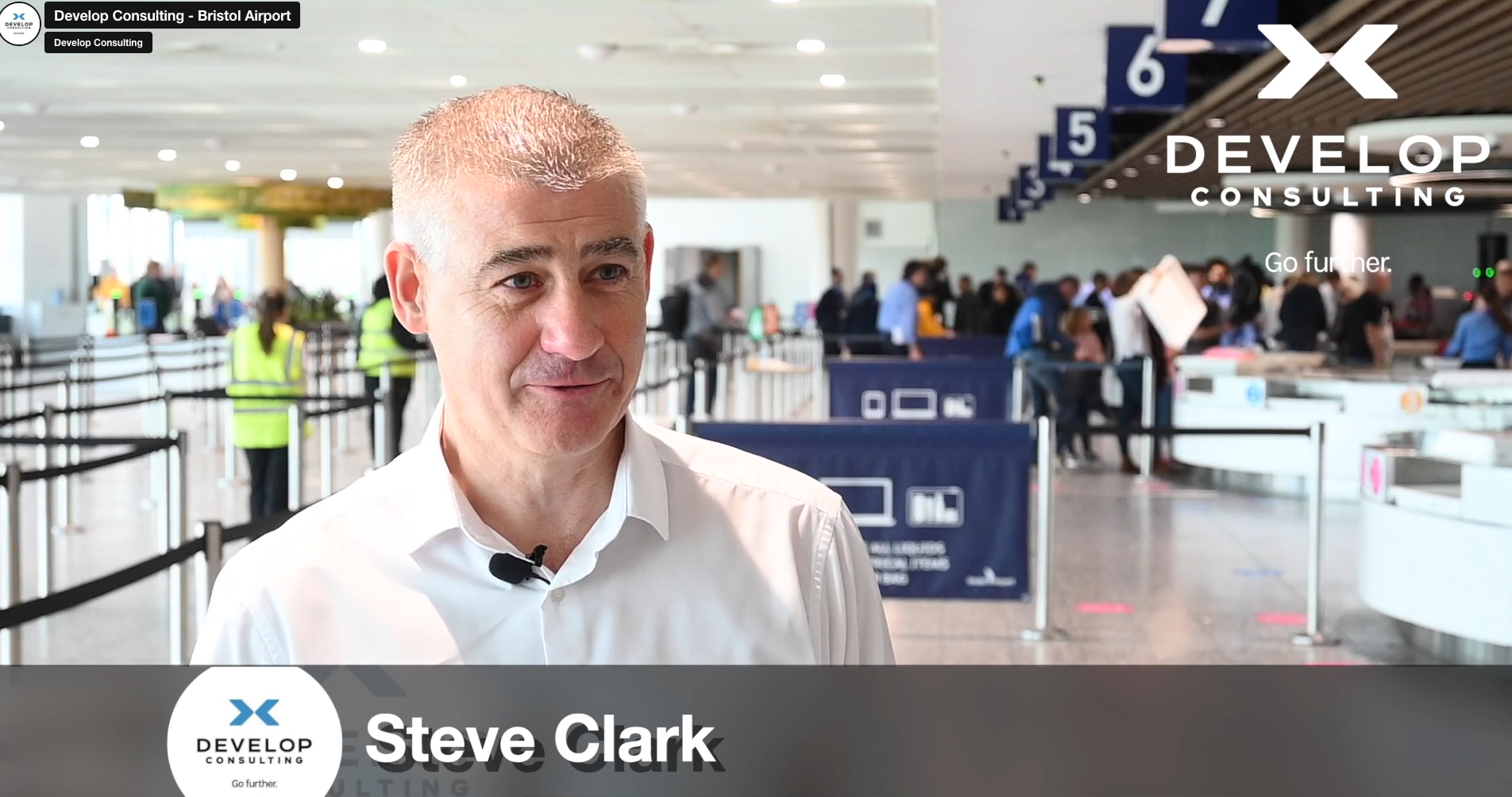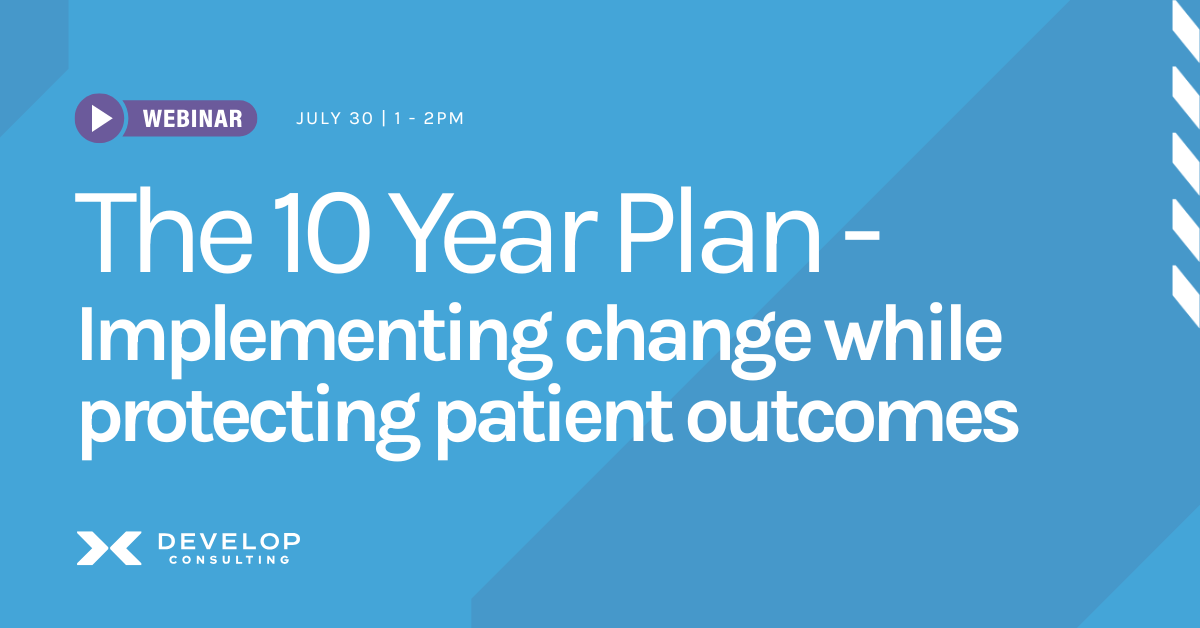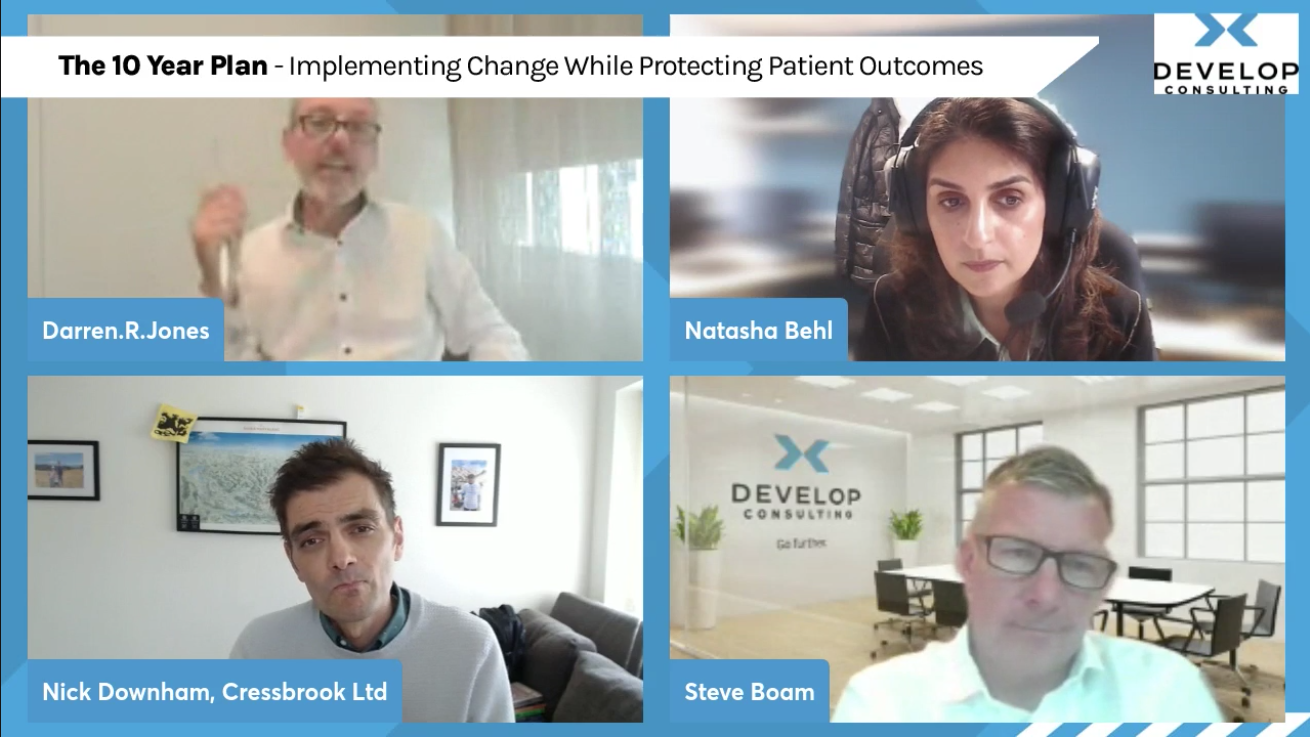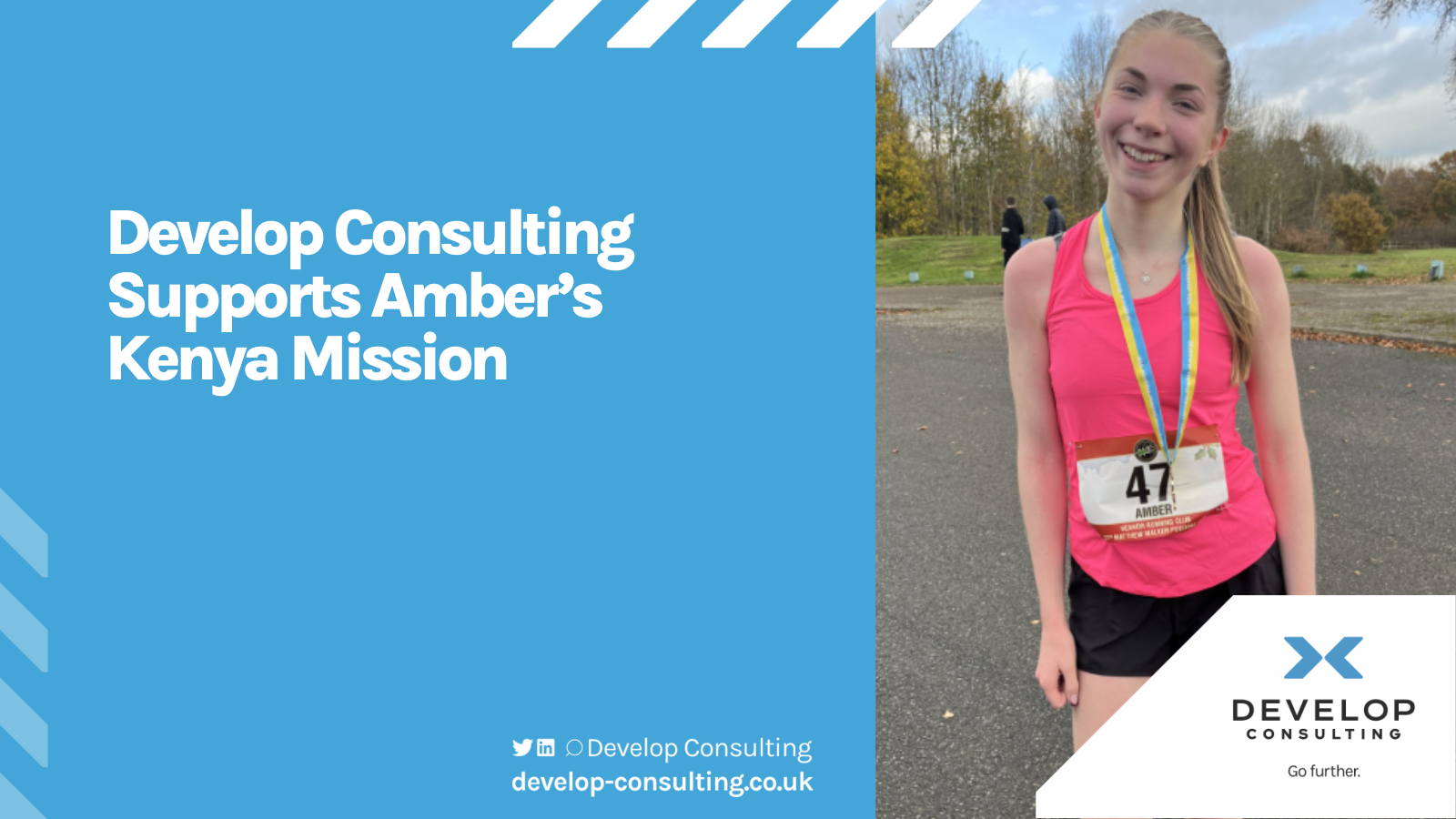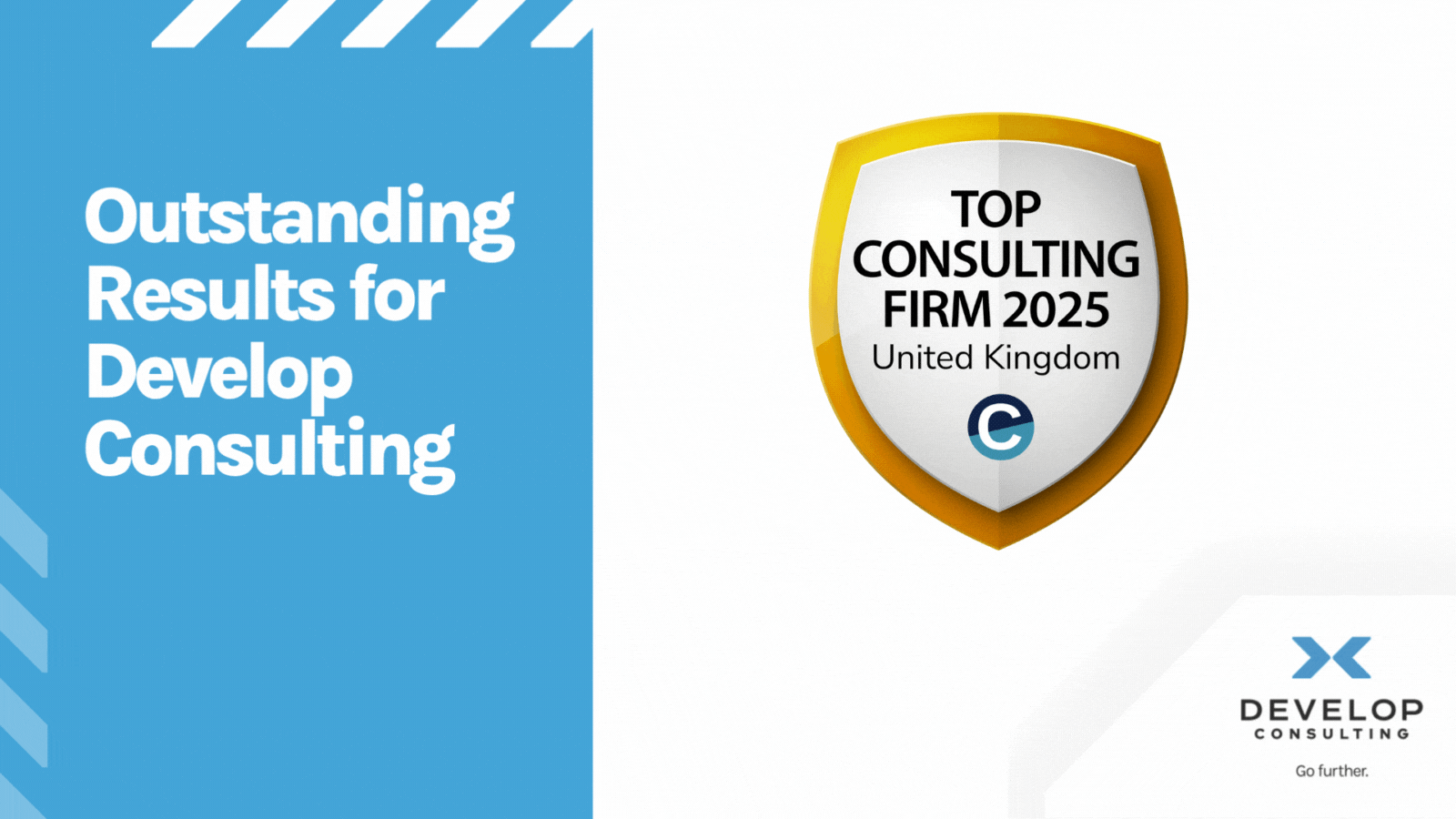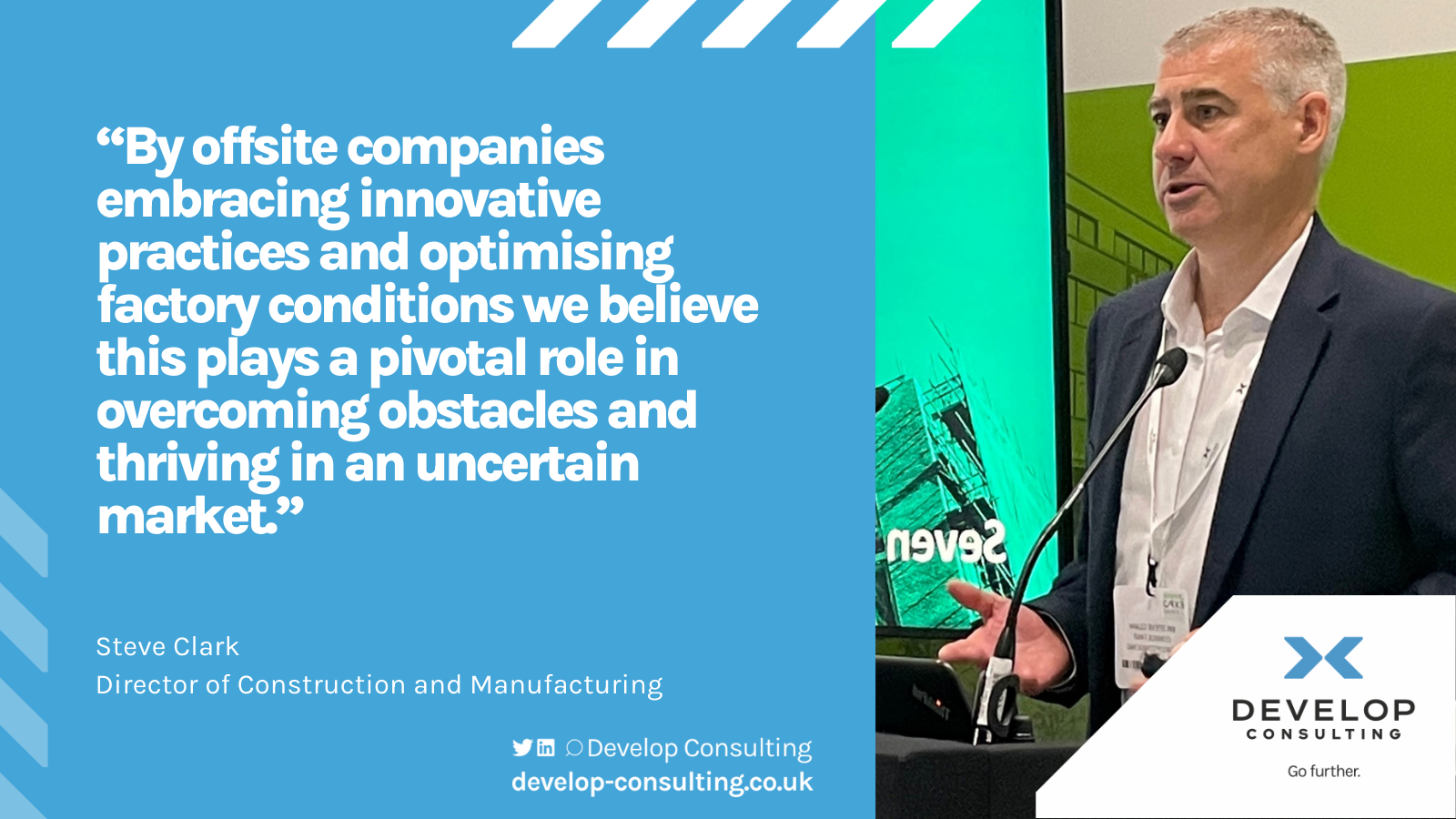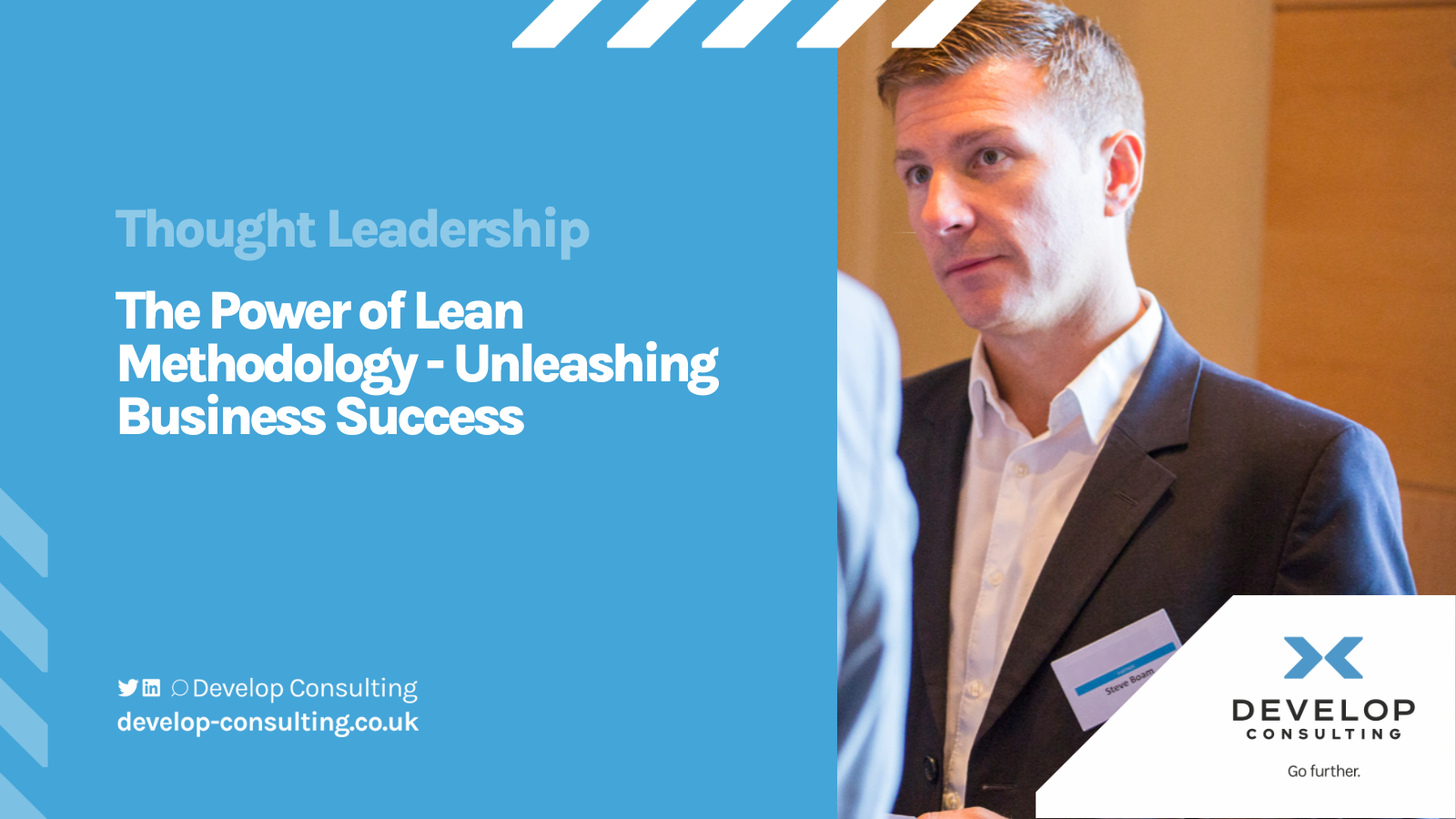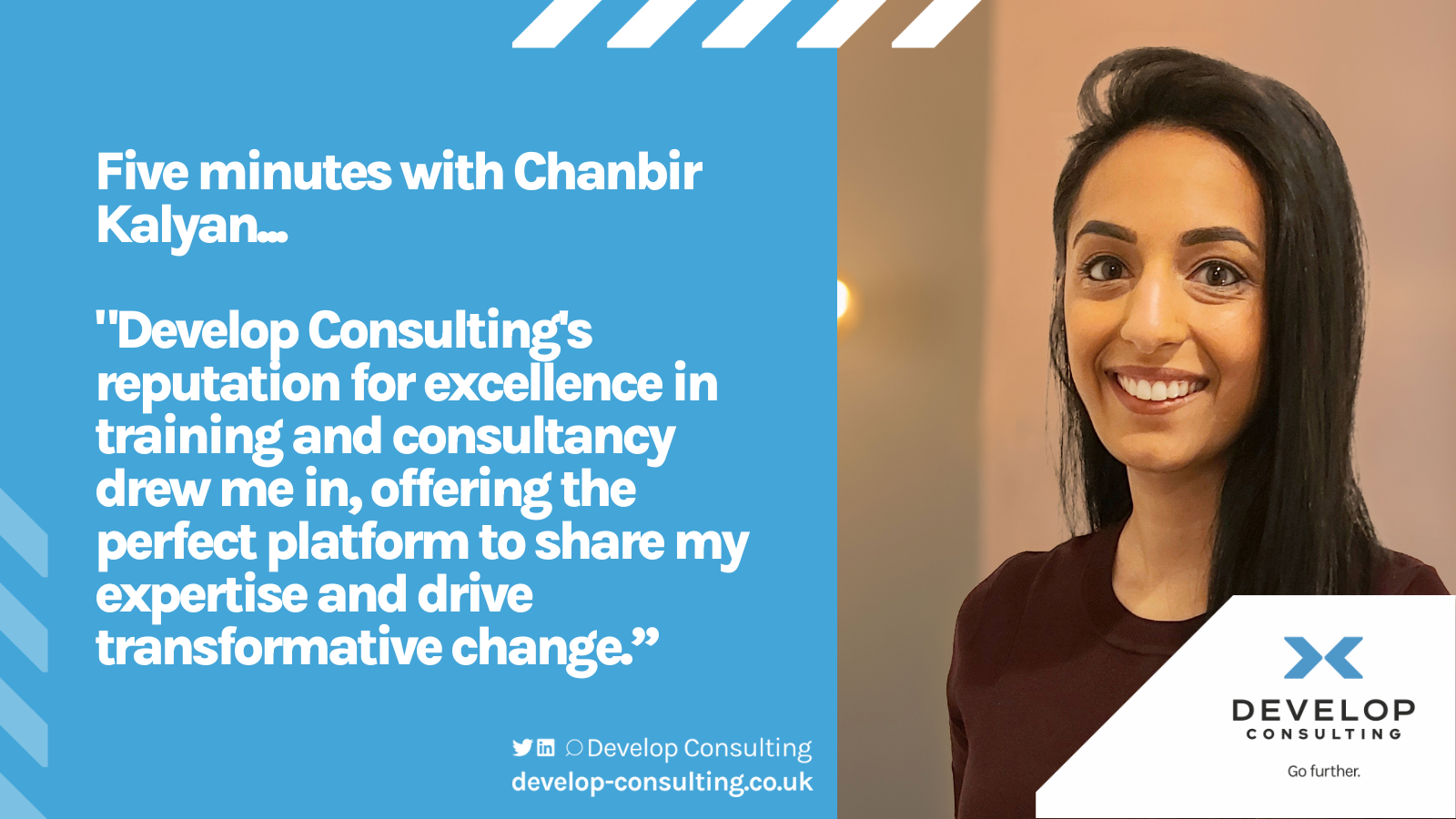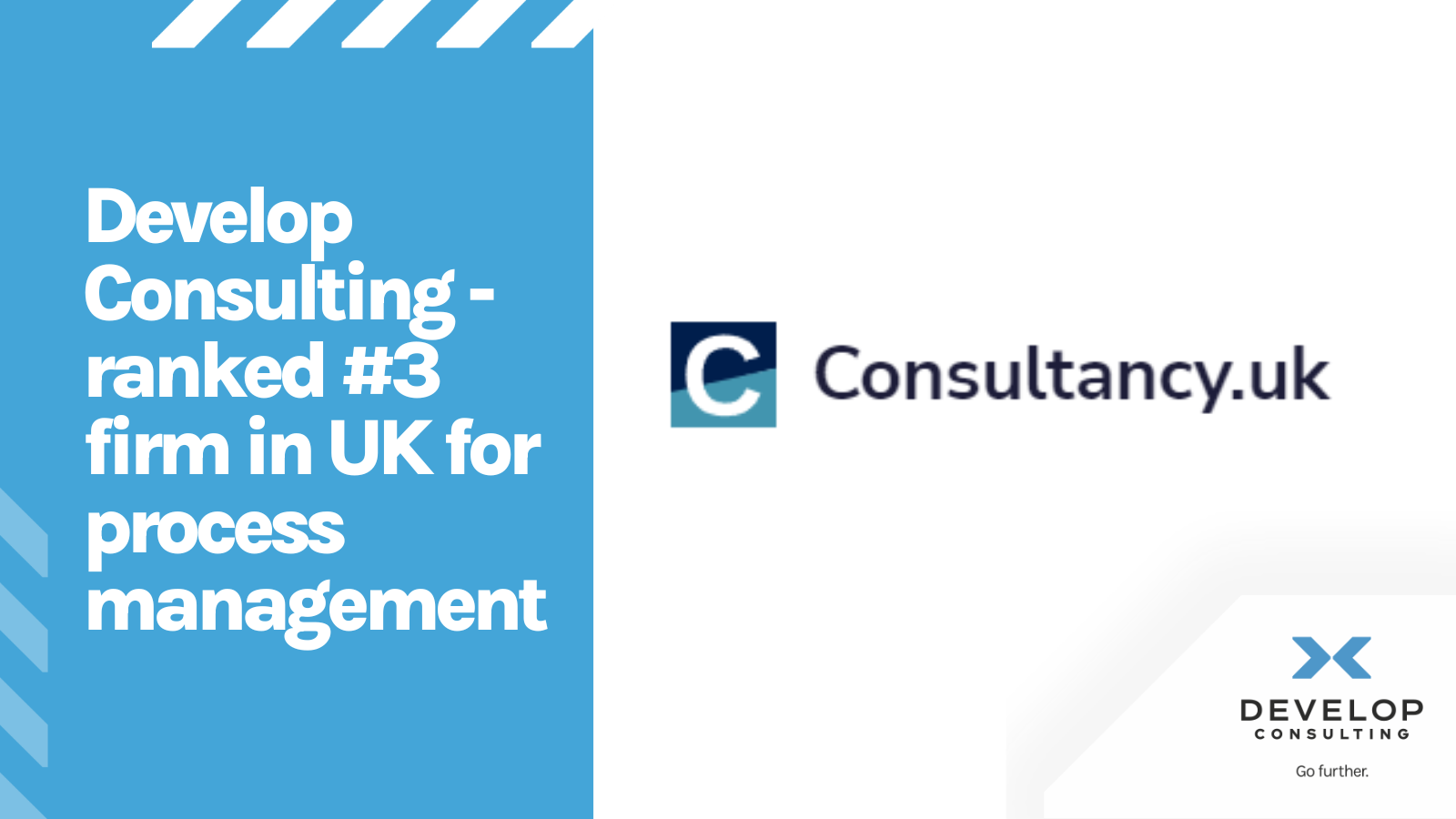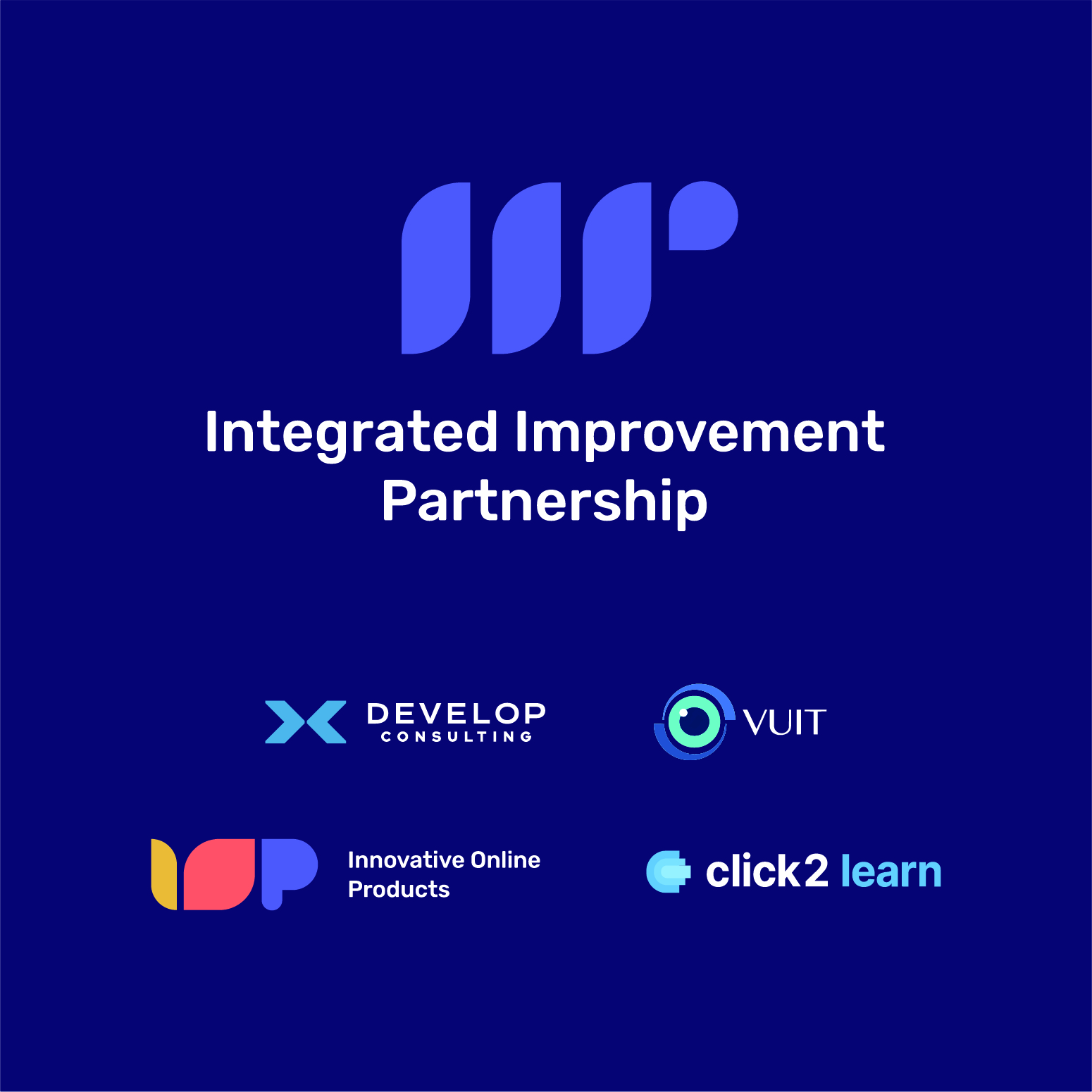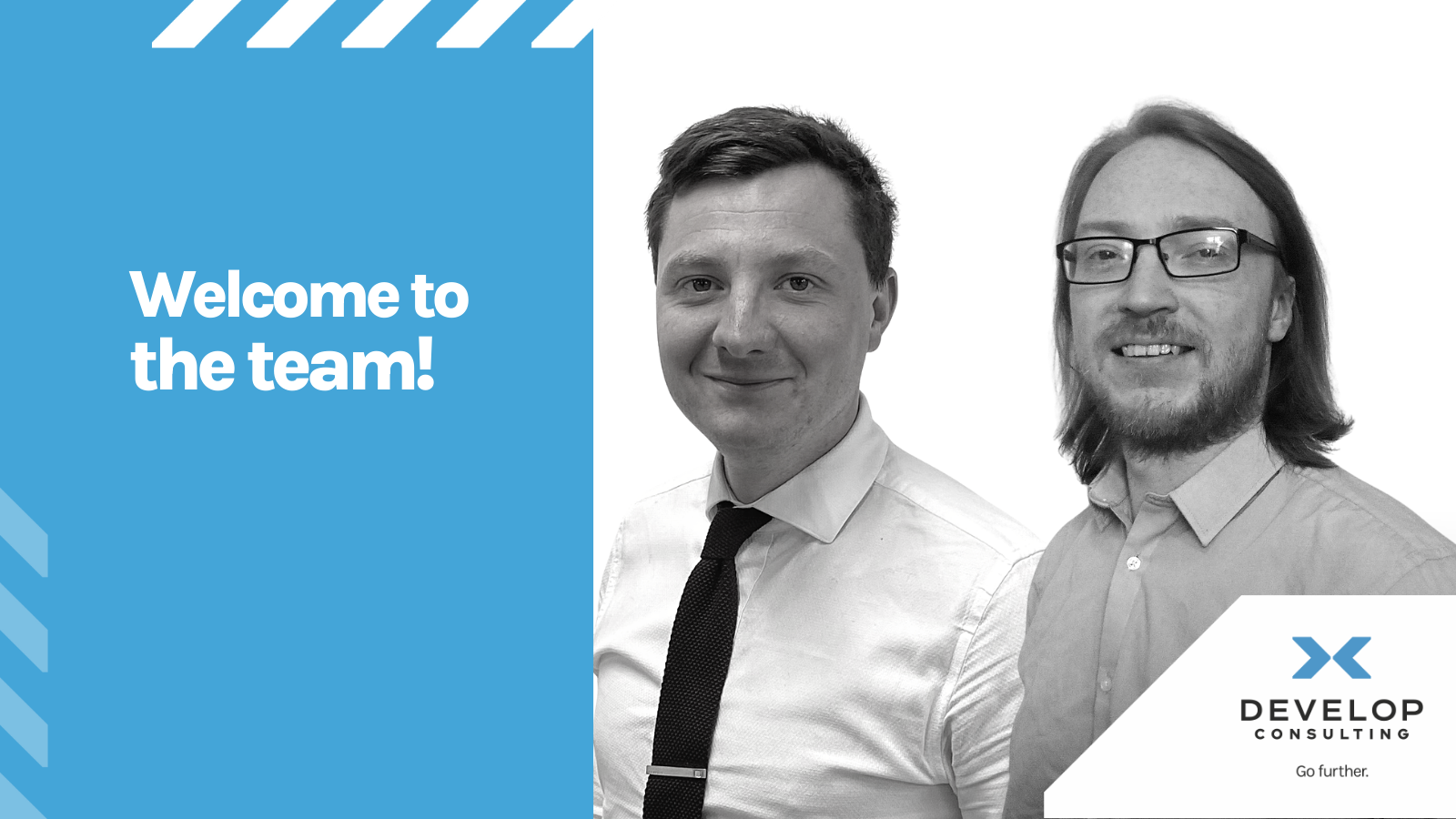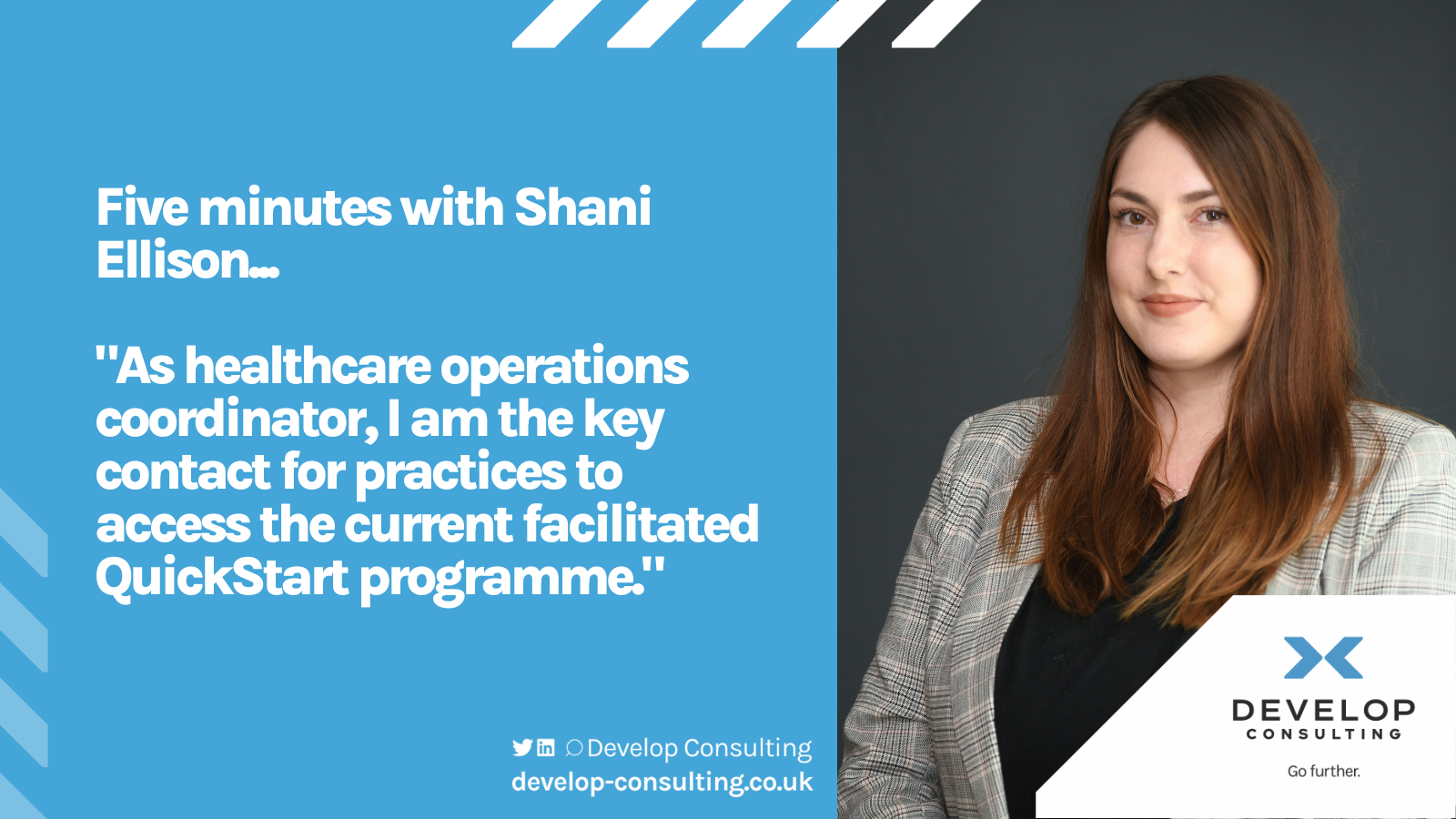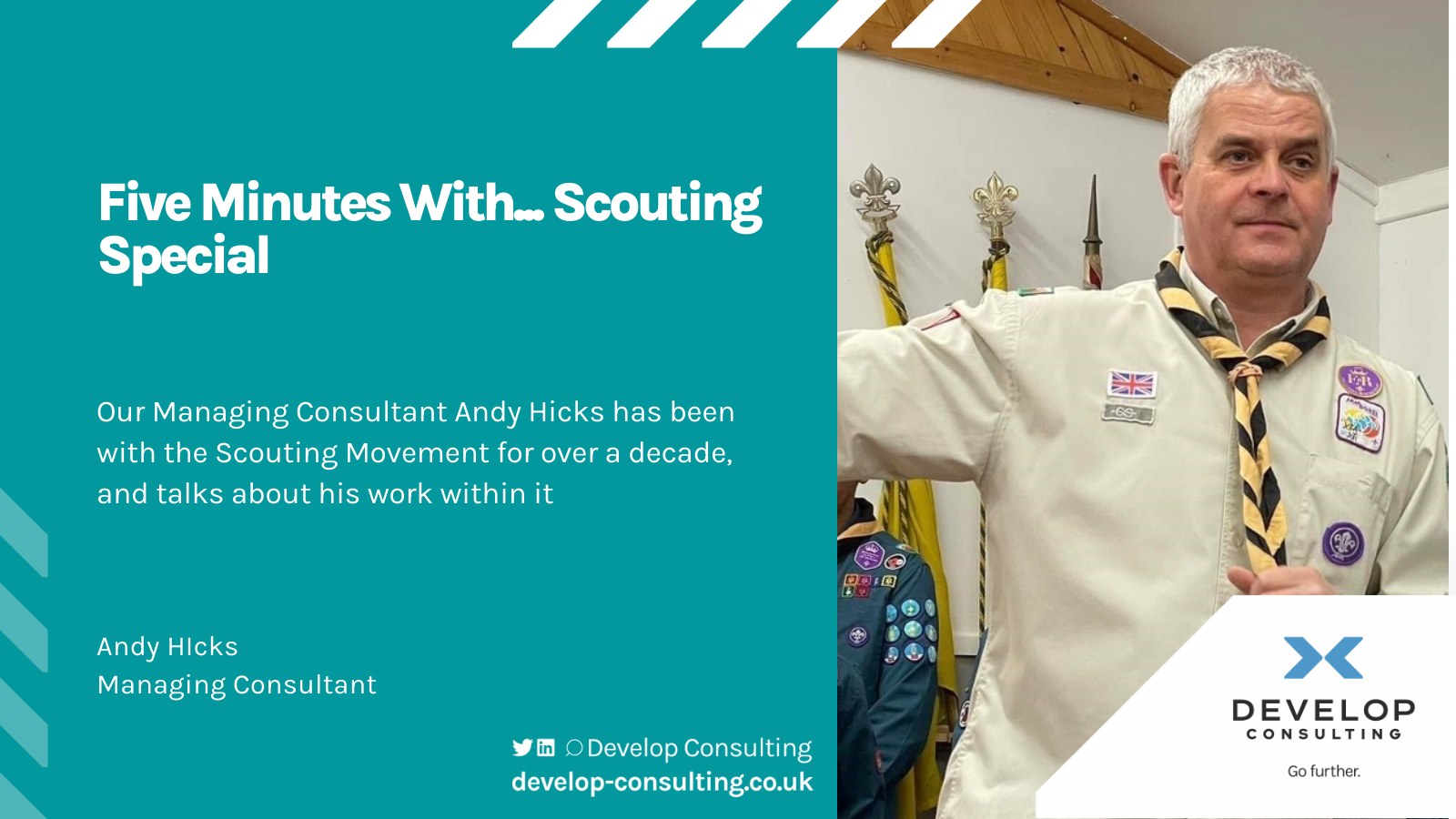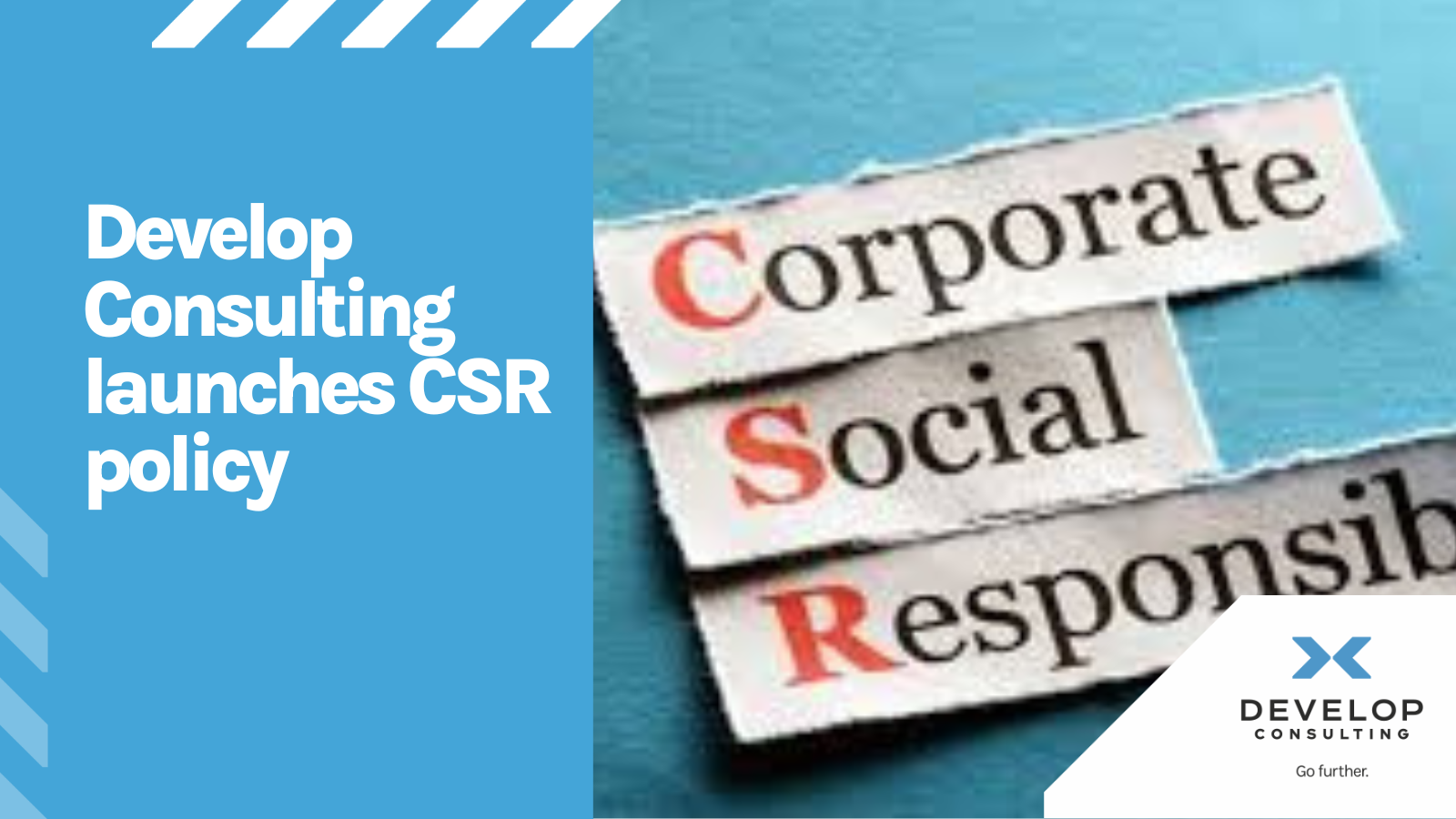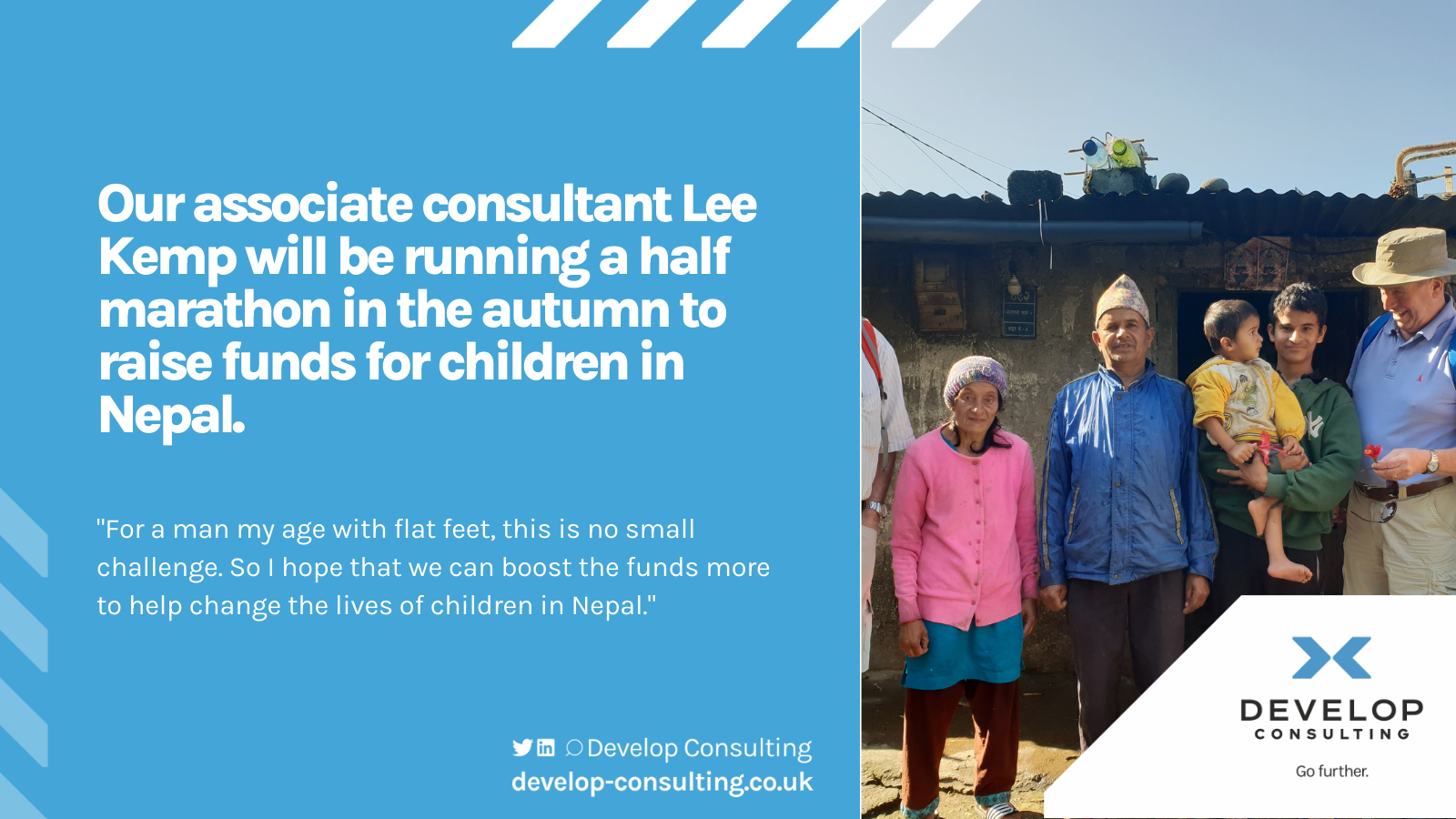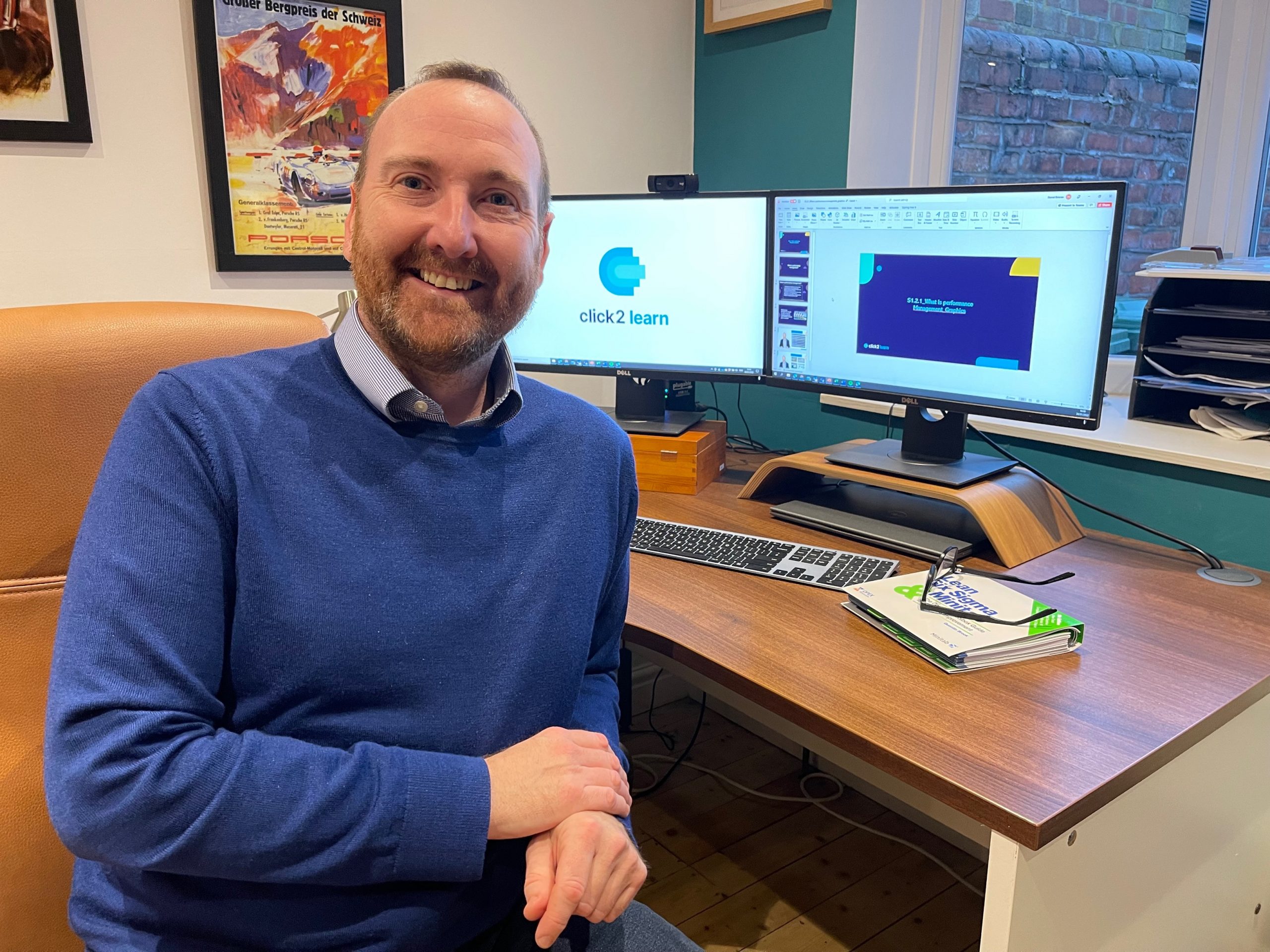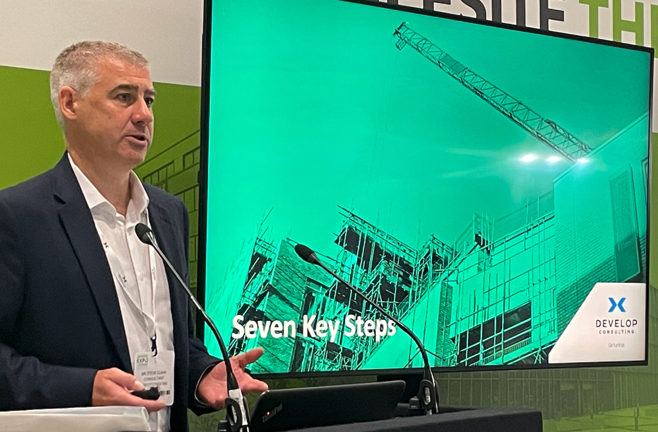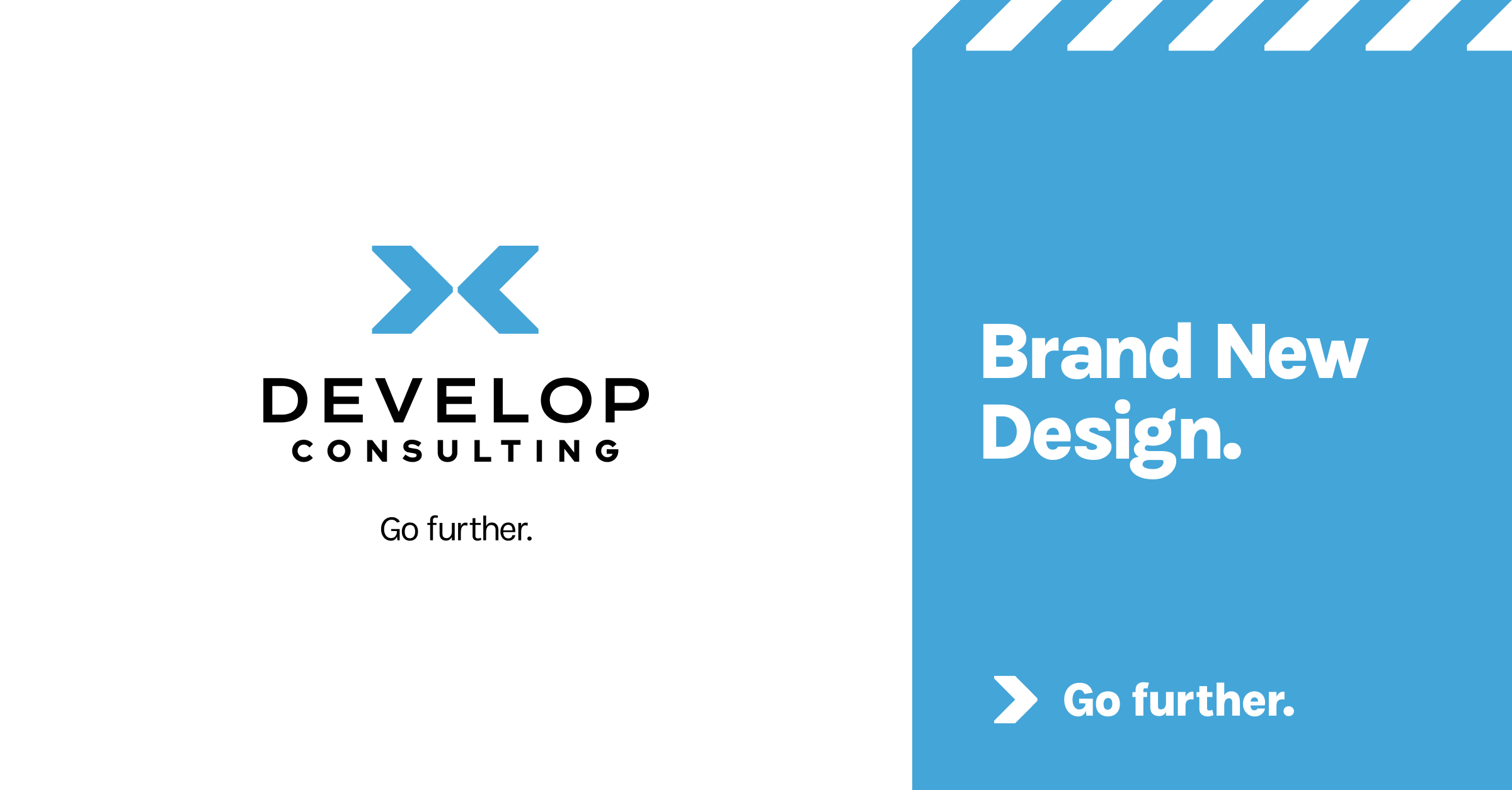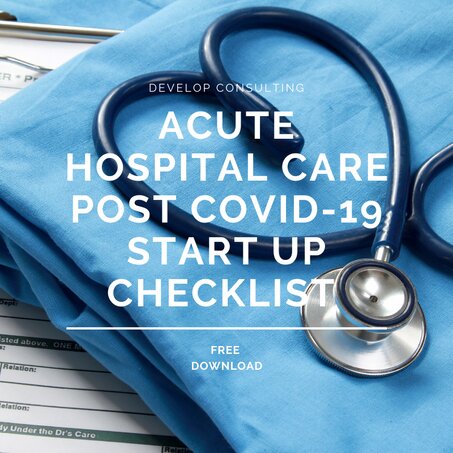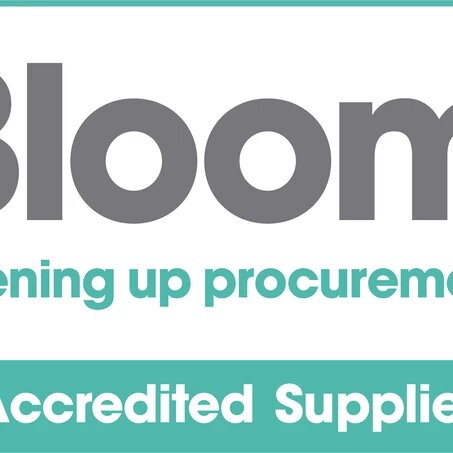With any large-scale transformation programme where we are fundamentally changing our operating model there are multiple risks and considerations we must manage to be successful. The will and drive exist but we can, at times, enthusiastically march in the wrong direction and make avoidable mistakes. By investing time at the start, learning by past mistakes and identifying risks; we can create and execute a successful transformation journey. So, what are the potential risks? What can we do about them? And how do we embed that learning? We have identified a number of factors transformation programmes oven overlook and assumptions made. Within this blog we have taken these potential pitfalls in planning and delivery and recommended a number of actions you may want to consider when thinking about delivery of your strategy and goals.
Transformation: The Pitfalls and How to Avoid Them

Everyone is clear about what the aim is
Leaders of change need to be clear about what it is they are trying to achieve before communicating it outwards. It is a challenging task to gain buy-in from stakeholders and staff when we ourselves are not clear about what it is we are trying to do. As a team identifying what it is you are trying to do will ensure consistent messaging, clarity of purpose and wherever required, act as your North Star when you find yourself doing work not contributing to the aim. A good question to ask yourself when planning and implementing change is “how does this activity contribute to the aim” if the answer isn’t immediately clear then it requires challenge to determine whether it is an activity you should be investing in.
We will know when we’ve achieved our goal
What will the new world look like? And how will you know when you are there? Identifying success measures at the beginning will allow you to track progress against your plan, provide opportunities for success and allow you to insightfully address areas where progress is not being made. We often recommend the use of a balanced score card when measuring success. The benefits of using a balanced scorecard are vast however at this level they allow you to have a strategic view of all the projects and initiatives that make up your transformation programme. You are able to focus on the right information and it will prevent the potential issue of being overwhelmed by data and not being able to see what you need to easily and clearly.
We need an army of project managers
Across our health and social care system we have a wealth of talent and experience in delivering change. However, this is often fragmented with a variety of tools and methodologies being used. This can often cause more confusion and delays to starting projects as various project managers wrestle over the “best way” to do things. As leaders in change, you need an approach that provides the capability to set and maintain the right direction to transform whilst leveraging the talent and experience we have within the system. Using our Lean methodologies, we strongly advocate to clients the use of visual tools for managing complex programmes of change. This benefits of this is a centralised management office where a clear picture can be seen of your performance across the programme. You are able to receive inputs from leads across projects but a centrally held “Engine Room” manages the overall programmes plan, risks, issues and dependencies.

I need control
There are many drivers that can often contribute to our need for control. These can include causes such as the scale and complexity of the programme we are delivering, lack of experience or pressures from external sources. Each of us experiences discomfort when experiencing change, this is natural (Kubler-Ross Change Curve). However, the extent to which we feel that discomfort is unique to each of us. Understanding yourself and those around you will allow you best control the level of discomfort felt and prevent discomfort becoming panic. We recommend that time is invested upfront understanding each of your stakeholders and your immediate team members to identify how best to utilise skills, how best to communicate and identify potential areas of resistance to change. This will allow you to develop a plan which will contribute to the change management element of your transformation programme.
We need to start everything immediately because of the deadlines
Within health and social care we are often overwhelmed by targets, competing priorities, external forces, and our daily work. To do large-scale transformation alongside this can seem like a monumental challenge. When we are told that this change needs to happen all at once, this can change a monumental challenge to an impossible one. By investing time in really understanding what it is you are being asked to do, you can then set about answering that question and identifying the steps needed to achieve it. Within Lean the principle of Kaizen is applicable here, the translation into English is “continuous improvement” this means incremental changes that will ultimately allow you to reach your objective. Trying to do too much, without proper planning or resources increases your likelihood of failure. Planning to incrementally do change within a managed framework will provide you with enough room to innovate, adapt as you grow into the programme and manage risk successfully.
You do your bit and I’ll do mine
The future will no longer support silo working if we are to achieve truly person-centred, place-based care. The system has for too long enabled, encouraged and supported competition between organisations. Now is the time to break down those barriers and work collaboratively. By understanding the value others bring to a piece of work and to patient care we are able to make the best use of our resources and really achieve the big ambitions we each have for the NHS. By having open and honest conversations and understand the position of the person on the other side of the table, we will begin to create solution-focussed conversations rather than barrier-focussed ones. This approach can only become meaningful if we agree, not on Memorandums of Understandings we can use to beat each other over the head with, but instead on acceptable and encouraged behaviours we each agree to hold ourselves and each other to account on.
This list of common assumptions and pitfalls is not intended to be a complete list but to give us each food for thought on how we might best set up and execute our implementation plans. Investing at the start of our journey gives us the best chance of being able to turn our strategic thinking into an operational reality for the benefit of our patients and staff.



